Description
Familiarity with Treatment: A mastectomy is a surgical procedure to remove one or both breasts, partially or completely, often to treat or prevent breast cancer. Axillary lymphadenectomy, also known as axillary lymph node dissection (ALND), involves the removal of lymph nodes from the armpit (axilla) to check for the spread of cancer.
Procedure Explanation: During a mastectomy, the surgeon removes breast tissue, which may include the nipple, areola, and skin, depending on the type of mastectomy performed. This can be done under general anesthesia and may take several hours.
Axillary lymphadenectomy is often performed simultaneously with a mastectomy. The surgeon makes an incision in the armpit area to remove lymph nodes, which are then examined for cancer cells. The number of lymph nodes removed can vary, typically ranging from 10 to 40. This helps determine the extent of cancer spread and guides further treatment.
Who is it Suitable For?
- Patients with invasive breast cancer, especially those with large tumors or multiple areas of cancer in the breast.
- Individuals with positive lymph nodes indicating cancer spread.
- Patients with a high risk of breast cancer recurrence.
- Those who have undergone previous breast-conserving surgery (lumpectomy) and still have cancerous cells.
Who is it Not Suitable For?
- Patients with small, localized tumors that can be treated with breast-conserving surgery.
- Individuals with significant comorbidities that increase surgical risks.
- Those who prefer non-surgical treatments or are not candidates for surgery due to overall health.
Advantages:
- Comprehensive removal of cancerous tissue, reducing the risk of recurrence.
- Provides detailed information about cancer spread through lymph node analysis.
- Can be combined with reconstructive surgery to restore breast appearance.
- May improve survival rates for patients with advanced breast cancer.
Complications:
- Risk of infection at the surgical site.
- Potential for lymphedema (swelling due to lymph fluid buildup) in the arm.
- Changes in breast shape and appearance, especially if reconstruction is not performed.
- Numbness or pain in the armpit and upper arm due to nerve damage.
- General anesthesia-related risks.
Previous Care:
- Comprehensive diagnostic imaging (mammogram, ultrasound, MRI) to assess the extent of cancer.
- Biopsy to confirm the diagnosis and plan the extent of surgery.
- Preoperative instructions, including fasting and medication adjustments.
Aftercare:
- Monitoring in the recovery room until the effects of anesthesia wear off.
- Pain management with prescribed medications.
- Instructions on wound care and activity restrictions.
- Physical therapy exercises to prevent lymphedema and maintain arm mobility.
- Follow-up appointments to monitor healing and discuss any further treatments, such as chemotherapy or radiation therapy.
- Regular breast exams and imaging to check for recurrence.
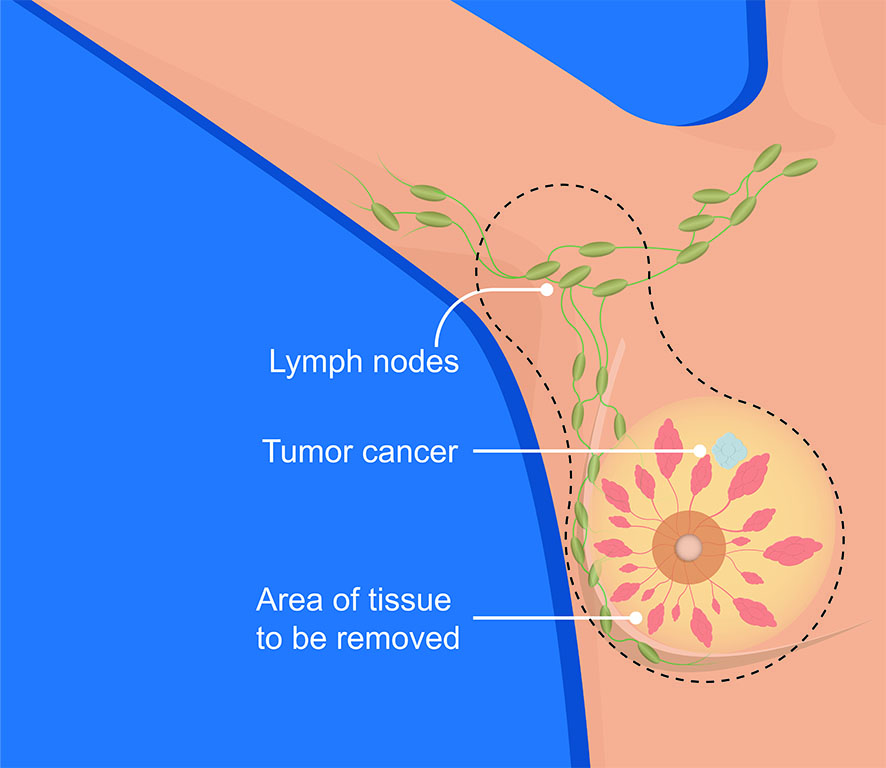


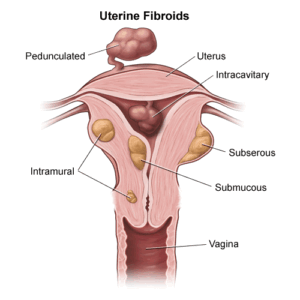

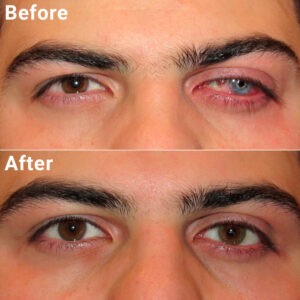
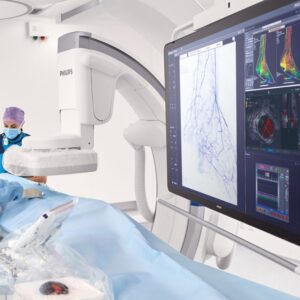
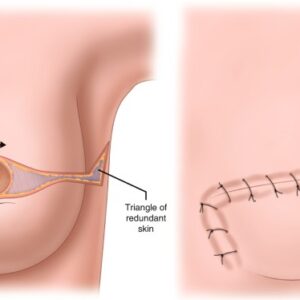
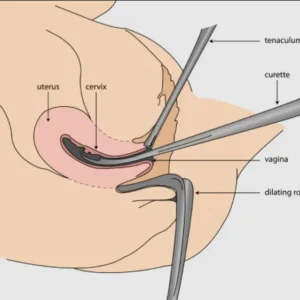
Reviews
There are no reviews yet.